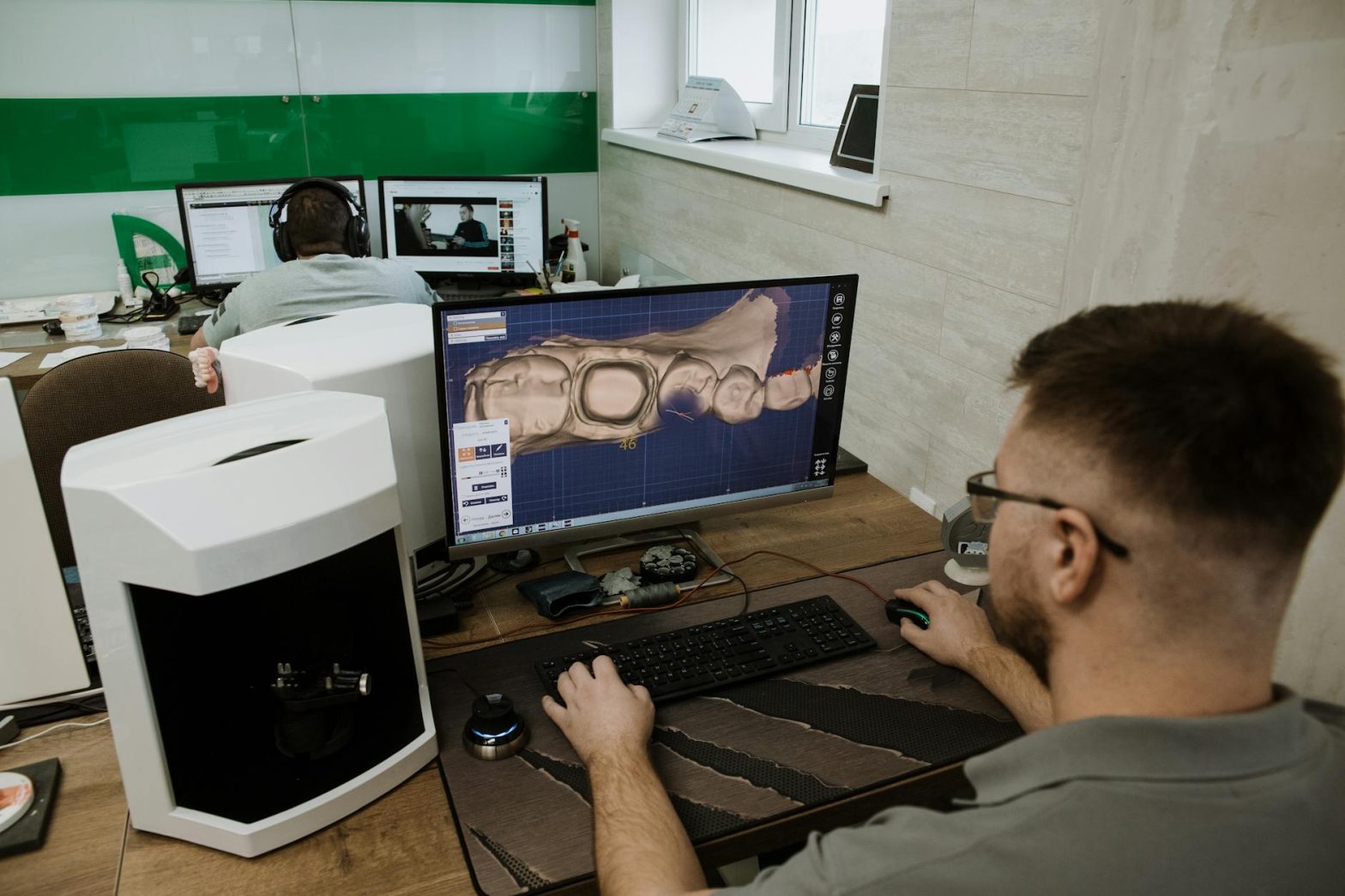- Understanding CAD Software
- Getting Started with CAD
- Key Features of CAD Software
- Benefits of Learning CAD
- Tips for Mastering CAD Software
In today’s fast-paced technological landscape, mastering CAD software has become essential for aspiring engineers and professionals in various fields. CAD, short for Computer-Aided Design, enables users to create precise and detailed design drawings for a wide range of industries, including architecture, engineering, manufacturing, and product design. This article aims to explore the basics of CAD software, focusing on how affordable solutions can help individuals enhance their engineering skills and excel in their respective fields.
Understanding CAD Software
CAD software is a powerful tool that simplifies the design process by allowing users to create, modify, and analyze 2D and 3D models with accuracy and efficiency. This sophisticated software provides a digital platform for engineers to visualize their ideas, simulate designs, and produce detailed documentation for projects. With features like parametric modeling, rendering, and virtual prototyping, CAD software empowers users to bring their concepts to life and streamline the design workflow.
Getting Started with CAD
For beginners looking to delve into the world of CAD software, there are several affordable options available that provide a solid foundation for mastering essential engineering skills. Popular CAD programs such as AutoCAD, SketchUp, and Fusion 360 offer user-friendly interfaces, robust tools, and extensive online resources to help users learn the ropes and develop proficiency in design and drafting tasks. These software packages cater to different needs and skill levels, making them ideal choices for students, hobbyists, and professionals seeking to enhance their CAD capabilities.
Key Features of CAD Software
CAD software comes equipped with a wide range of features and functionalities that enable users to create complex designs and models with precision. From dimensioning tools and geometric constraints to assembly modeling and 3D printing support, CAD programs offer a comprehensive set of tools for designing everything from simple objects to intricate structures. By harnessing these features effectively, users can improve their design efficiency, accuracy, and visualization skills, ultimately enhancing their engineering prowess and creativity.
Benefits of Learning CAD
Mastering CAD software offers numerous benefits to individuals pursuing careers in engineering and related fields. By developing proficiency in CAD, users can boost their technical skills, enhance their problem-solving abilities, and increase their marketability in the job market. CAD proficiency is highly sought after by employers across industries, making it a valuable asset for individuals looking to advance their careers and stand out in a competitive job market. Additionally, CAD skills allow users to work on innovative projects, collaborate with multidisciplinary teams, and bring their design ideas to fruition with precision and accuracy.
Tips for Mastering CAD Software
To effectively master CAD software and elevate your engineering skills, it’s essential to practice regularly, explore advanced features, and seek out online tutorials and courses to expand your knowledge and proficiency. Experiment with different design projects, participate in design challenges, and seek feedback from experienced professionals to refine your skills and enhance your understanding of CAD principles. By staying curious, proactive, and dedicated to continuous learning, you can become proficient in CAD software and unlock new opportunities for growth and success in your engineering career.
In conclusion, CAD software serves as a powerful tool for individuals looking to enhance their engineering skills and excel in design-related fields. By understanding the basics of CAD software, exploring affordable options, and investing time and effort into mastering its features, users can leverage this technology to create innovative designs, streamline their workflows, and stay competitive in today’s dynamic job market. Whether you’re a student, hobbyist, or seasoned professional, embracing CAD software as a cornerstone of your skill set can open doors to new opportunities and empower you to take your engineering skills to the next level.
